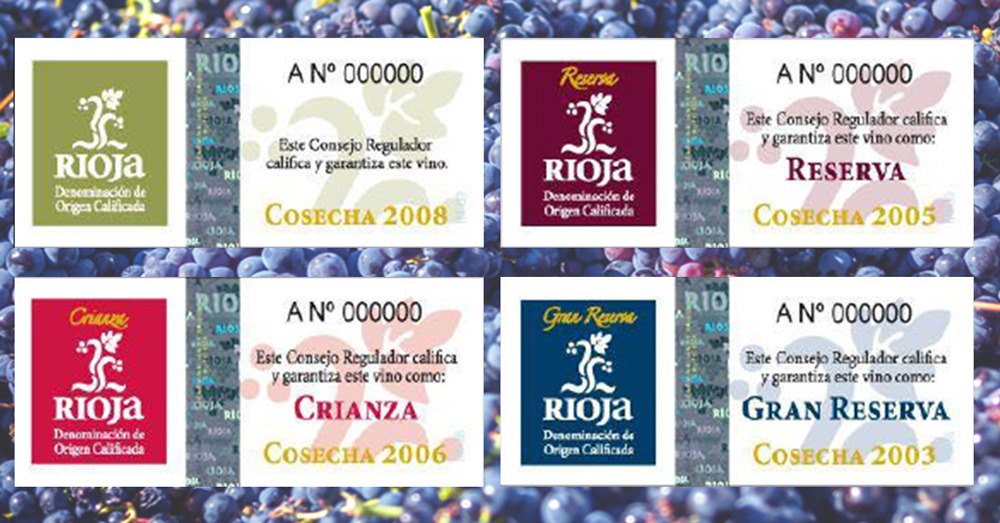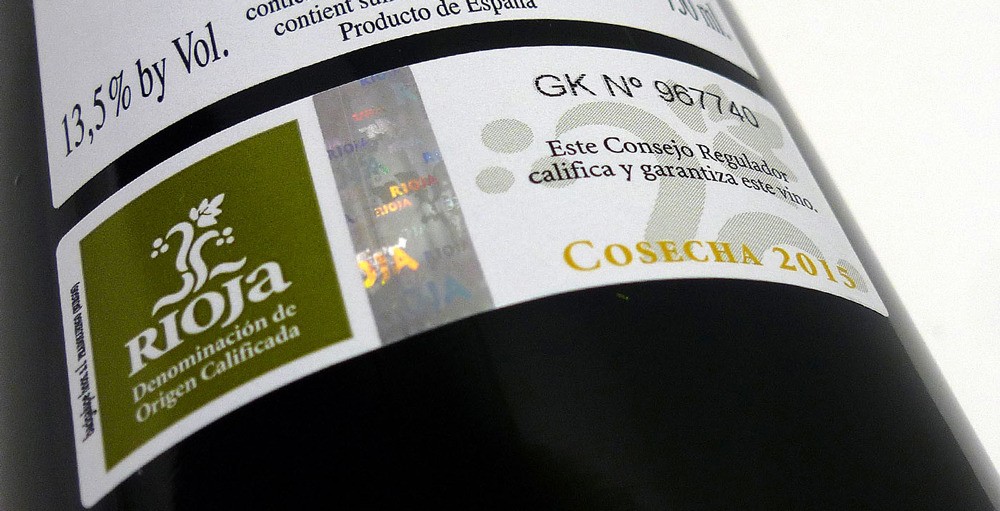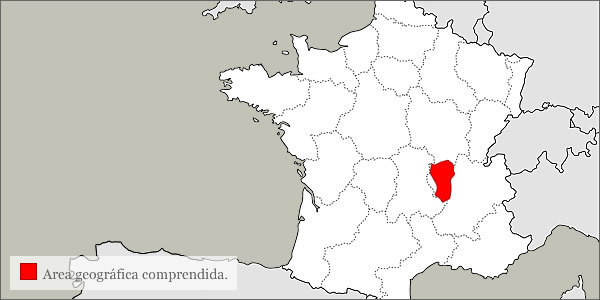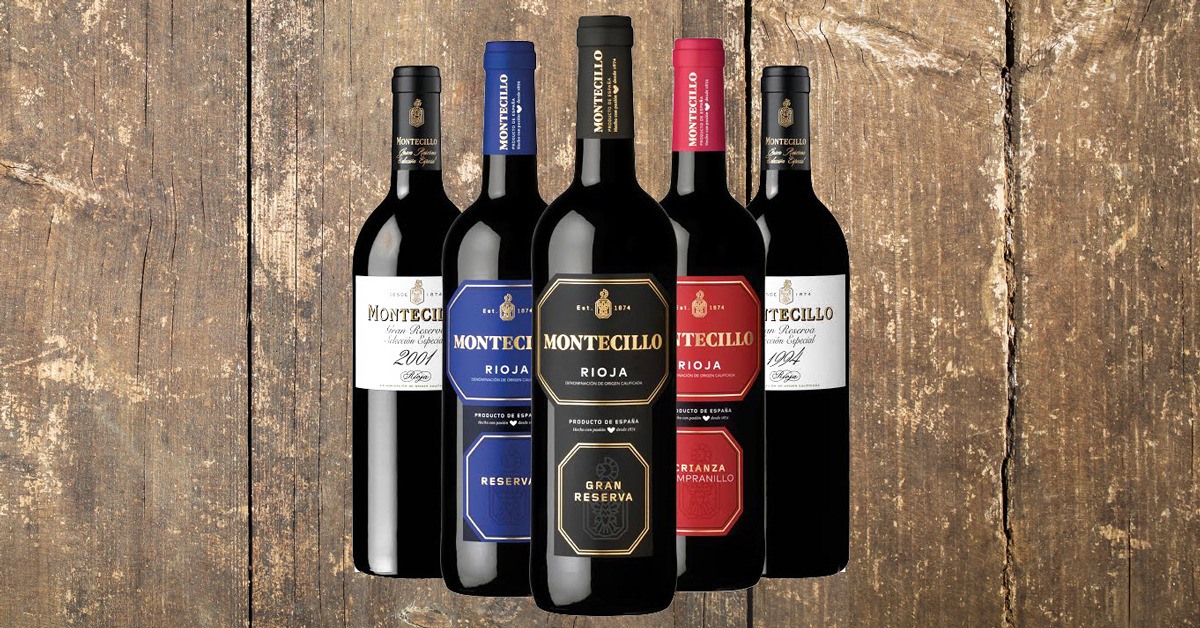Having analysed the grape varieties used in previous chapters, now it is time to comment on a later stage, what we do with the fermented liquid before bottling it: its ageing.

According to the ageing process followed in the D.O.Ca. Rioja there are four types. These types are easily differentiated by the stickers that are on Rioja wines (on the back of the bottle, or rather, on the other side to the brand label at the bottom). These are issued by the Regulatory Council, the administrative body that checks all these issues, to wines that have passed quality and typicity checks:
- Guarantee of Origin
- Crianza
- Reserva
- Gran Reserva
Before starting with the first one, we should point out that this classification only applies to our Designation of Origin, there could be variations in other areas, or it may not exist at all.
This is why in some other regions you will not see wines classified as Reserva although in material terms they may be.
Take into account that every region has its own customs, habits and typicity that mean that legislation and regulation differ. If the landscape is different it is normal that regulation also varies.
We will start with the «Guarantee of Origin» category, which is normally what is known as young wine (the category «Young Wine» does not exist as such in Rioja). Although as we will see there are nuances.

Here we underscore again that Tempranillo is not a synonym for young wine, it is «just» a grape variety that can be subject to any amount of ageing.
So, this category guarantees the origin and vintage of the wine. They are usually wines in their first or second year, which have not been anywhere near wood during their ageing, or, in practical terms, they have been bottled almost straight away.
Here it is worthwhile mentioning wines produced through carbonic maceration, red wines of French origin, accessible, fresh and pure red fruit. These wines have a growing presence in the D.O.Ca. Rioja (their specific origin is Beaujolais in France.) The technique consists of, basically, the wine undergoing anaerobic fermentation (without oxygen, based on carbon dioxide) with uncrushed fruit over a couple of days. This time spent in contact with carbon dioxide gives an immense amount of flavour to the liquid that, to benefit from its maximum expression, is bottled quickly. This is why the 2016 vintage of these types of wine is already on sale.

Keep an eye out for them as they are worth trying at least once in your lifetime!
The other wines that can also be found with this back label are those that have not been certified by the Regulatory Council as Crianza, Reserva or Gran Reserva, although they may have undergone ageing processes.
To conclude, this is a legal category that works both for wines that are really «young» in that they haven’t been aged in oak, as well as those that, although having been oak-aged, have not be supervised or approved by the relevant authorising body.
And the types of back labels and numbered seals that should feature on every bottle sold from the D.O.Ca. Rioja not only constitute the document that guarantees the ageing category, but also guarantee its origin and vintage.
In our D.O.Ca. it is easy to detect a young wine, as it has not had any contact with oak during ageing. There are regions, for example Ribera del Duero or Bierzo, in which this varies and the wines could have been aged for a short time in oak (usually less than 6 months.)
There is no statewide legislation on this point. We know that this makes things more complicated but with good will, Google and this blog you can’t go wrong.
After all this, Montecillo doesn’t make «young wines» (sorry!) and of course, as all our aged wines are certified by the Regulatory Council, we do not use this type of back label.

You should understand that the quality of our vineyards, together with our experience as the third oldest winery in the region, make us choose to produce more complex wines, with better ageing potential, that can show the full potential of our terroir.
So that you can enjoy them to the maximum.
